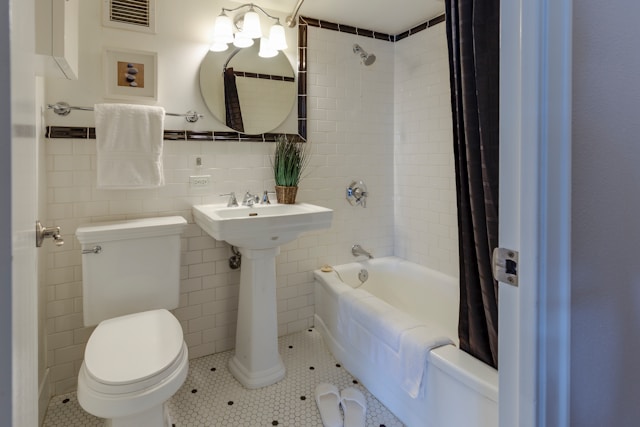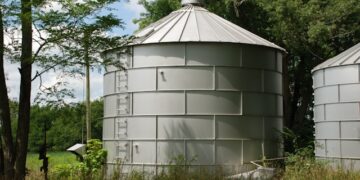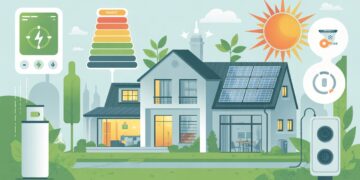Water conservation is more important than ever, and your bathroom is one of the best places to start. From high water bills to environmental concerns, excessive water use can be costly in more ways than one. The good news is that reducing water consumption doesn’t have to be expensive or complicated. With a few simple and affordable upgrades, you can create a more water-efficient bathroom while saving money and helping the planet.
1. Install Low-Flow Showerheads
One of the easiest and most effective ways to save water in your bathroom is by upgrading to a low-flow showerhead. Traditional showerheads use up to 2.5 gallons of water per minute, whereas water-efficient models can reduce usage by up to 50% without compromising water pressure.
There are two main types of low-flow showerheads:
- Aerating showerheads mix air with water to create a steady, misty flow.
- Laminar-flow showerheads produce larger water droplets, making them ideal for humid climates where excess moisture is a concern.
Most low-flow showerheads are designed for DIY installation, requiring only a wrench and plumber’s tape to replace your existing model in minutes.
2. Upgrade to a Water-Efficient Toilet
Toilets account for nearly 30% of household water use, making them a major factor in water conservation. Upgrading to a low-flow or dual-flush toilet can save thousands of gallons of water each year.
- Low-flow toilets use 1.28 gallons per flush compared to older models that use up to 6 gallons.
- Dual-flush toilets offer a choice between a low-volume flush for liquid waste and a higher-volume flush for solid waste, reducing unnecessary water use.
For those not ready to replace their toilet, a simple DIY hack is to place a water displacement device (like a filled plastic bottle or toilet tank bag) in the tank to reduce the amount of water used per flush.
3. Use Faucet Aerators
Bathroom faucets are another source of water waste, with older models using up to 2.2 gallons per minute. Installing a faucet aerator is an inexpensive solution that reduces water flow while maintaining strong water pressure.
Aerators work by mixing air with water, cutting water usage by up to 50%. They are easy to install—simply screw them onto the end of the faucet—and are available in different flow rates to meet your conservation goals.
4. Fix Leaks & Dripping Faucets
Even a small drip can waste significant amounts of water over time. A leaky faucet that drips once per second can waste more than 3,000 gallons of water a year. To prevent unnecessary waste:
- Check under sinks and around fixtures for leaks.
- Tighten connections or replace worn-out washers to stop dripping.
- Consider upgrading to a touchless or motion-sensor faucet for better control over water usage.
5. Switch to Water-Saving Habits
While upgrading fixtures is effective, adopting smart water-saving habits can make a big difference:
- Turn off the tap while brushing your teeth to save up to 4 gallons per minute.
- Take shorter showers by setting a timer or using a shower playlist to keep track of time.
- Collect cold water in a bucket while waiting for it to heat up, then use it for watering plants or cleaning.
These simple changes require no investment but can lead to big savings on your water bill.
6. Smart Technology for Water Conservation
For those looking to take water efficiency to the next level, smart bathroom technology offers advanced solutions:
- Motion-sensor faucets automatically shut off when not in use, preventing excess water waste.
- Smart shower timers help track water usage and encourage shorter showers.
- Leak detection systems alert homeowners to hidden leaks before they become costly problems.
While these upgrades may require an initial investment, they offer long-term savings and increased convenience.
Conclusion
Reducing water use in your bathroom doesn’t have to be difficult or expensive. By installing low-flow showerheads, upgrading to a water-efficient toilet, using faucet aerators, fixing leaks, and adopting simple conservation habits, you can significantly lower your water bill while contributing to a more sustainable future.









